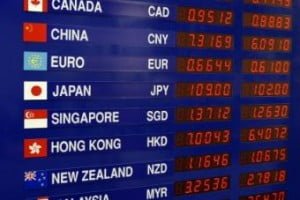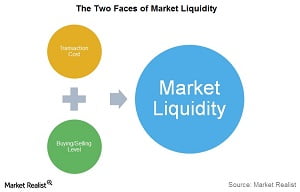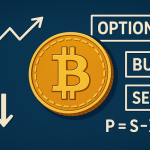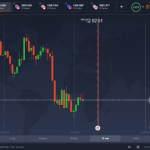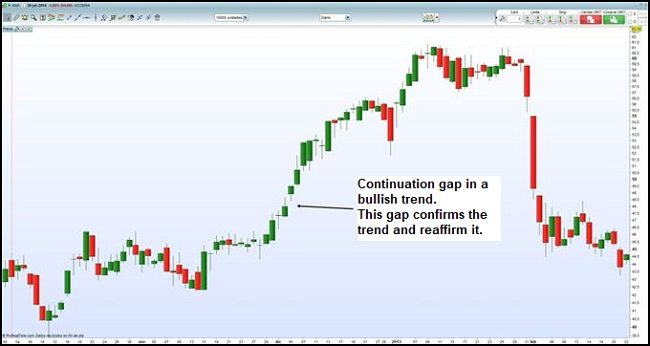The cash market or spot market is one in which both the transaction and the settlement of a transaction coincide on the same date. Although it is considered a spot market when delivery occurs up to a maximum of 2 days later. The most important spot market is the Forex spot.
In spot markets, transactions are usually settled within a day or two after the purchase/sale date. This is what is understood as a settlement in D+1 or D+2. Likewise, transactions are closed at the current price of the asset in question that exists at the time of the transaction. This is one of the main differences between the spot market and the futures market.
Therefore, we could define the spot market as a market of immediacy, in which we pay or receive money at the same moment in which we receive or deliver the merchandise or the underlying asset in question.
Forex Spot Market
Previously, volumes in the forward and futures markets exceeded those in the spot markets. However, trading volumes in the spot forex markets received a boost with the advent of electronic trading and the proliferation of Forex brokers.
The spot market is where currencies are bought and sold based on their trading price. That price is determined by supply and demand and is calculated based on several factors, including current interest rates, economic performance, sentiment towards ongoing political situations (both locally and internationally), and perception of future performance of one currency against another.
A spot trade is a bilateral transaction in which one party delivers an agreed amount of currency to the counterparty and receives a specific amount of another currency at the agreed exchange rate value. After a position is closed, the settlement is in cash. Although the spot market is commonly referred to as one that deals with trades in the present (as opposed to the future), these trades actually take two days to settle.
The market for spot transactions is the largest of the markets where currencies are traded, and currently represents 30% of the volume of currency trading. The Forex spot market operates 24 hours a day from Sunday at 5 pm EST time (transactions begin with the opening of the market session in Sydney) until Friday at 5 pm EST time when the market closes.
In a Forex spot transaction, during the trading date the two parties of the transaction agree on an exchange rate or price and an amount to send and receive so that the currency exchange occurs on the spot date that corresponds to the day on which the agreement is made.
When the spot date arrives, one party sends the agreed amount of one currency to the counterparty and in turn receives the agreed amount in the spot contract of the other currency.
The first amount, usually expressed in the base currency, is established at the time of the spot transaction, while the second amount, that is, the amount of the counter currency, is calculated based on the agreed exchange rate.
The spot exchange rate
The spot exchange rate is the price or exchange rate at which currencies can be exchanged or traded in the spot date, and is the price determined in the most actively traded market at which a particular currency pair can be traded. This price usually fluctuates considerably over time, and presents the greatest risk in currency transactions.
The exchange rate is also of great significance because it forms the underlying basis for the valuation of virtually all financial derivatives on currencies, including Forex-based Forwards contracts, currency Futures and currency options.
In general, the spot exchange rate is expressed in terms of how many units of the counter currency are required to purchase one unit of the base currency.
An example of a spot rate for the value of the Euro against the US dollar would be 1.3550 for the EUR/USD currency pair, in which the Euro is the base currency and the US dollar is the counter currency. In the case of a trader in the Forex market, this implies that $1.3550 is required to buy one euro for delivery in two business days.
Differences between Forex spot markets and futures markets
Although there are several differences between the two markets, the main difference consists in the delivery of the underlying and the use made by the user of the market. Here are the main differences:
- Time frame: Unlike the spot market in which the traded asset is generally delivered 2 days after the agreement, in the futures market the delivery is postponed in time (30, 60 or 90 days is the most typical delivery period depending on the underlying ). Therefore futures contracts have an expiration, which does not exist in the spot market.
- Physical delivery: Another difference related to delivery is whether the physical asset is delivered at the expiration of the contract or if a settlement is made in the form of cash. This does not exist in the spot market, since it is expected to obtain the merchandise in exchange for the spot price paid. Only physical delivery is contemplated. However, in the futures market, in addition to physical delivery, settlement in cash is also contemplated.
- Higher degree of speculation: One last difference between the two markets is that in the spot market sellers and buyers come for a real need. The nature of these participants is less speculative than that of a futures market. Consequently spot markets are more connected to the real economy. For example, a person may go to the spot market to buy a currency other than his own because he is going on a trip. Another case may be that of a company that buys foreign currency in the spot market, because it has to pay for merchandise. However, purchases/sales in futures markets are sometimes made with the intention of obtaining a profit for the difference between the price agreed in the contract and the underlying price at expiration.


